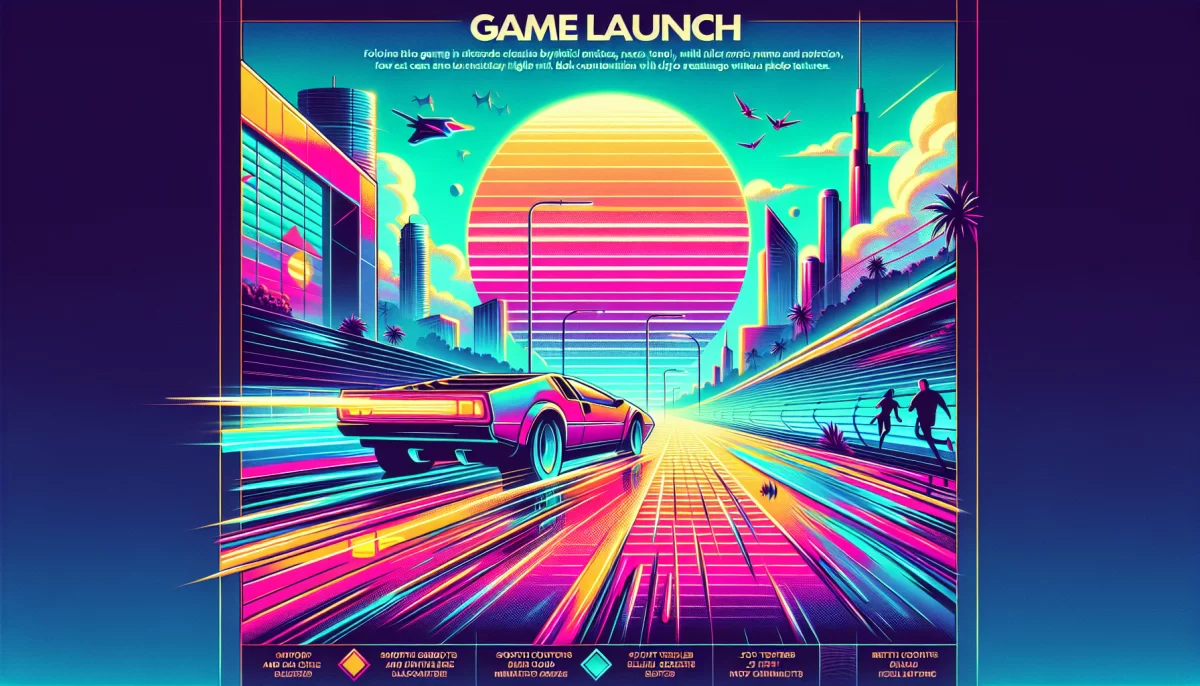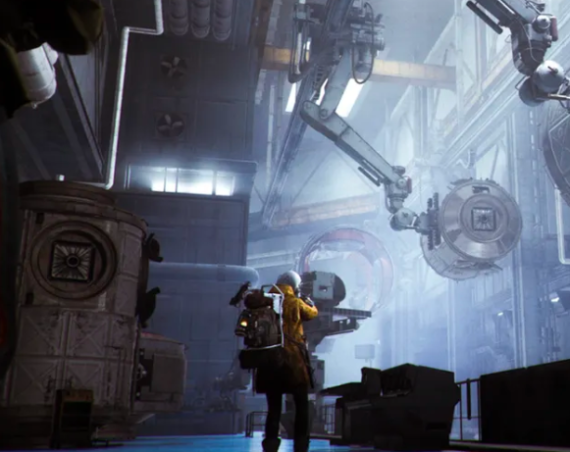
Blue Protocol: Star Resonance Emerges from Development Challenges with a Strong Player Base and Mixed Reception
Blue Protocol was once a highly anticipated anime-style MMO, originally under Amazon Games, featuring rich social systems and vibrant visuals. Despite its hype, the game was previously canceled due to development challenges. Recently, Tencent-backed developer Bokura revitalized the project, launching it as Blue Protocol: Star Resonance on Steam, attracting significant attention with over 90,000 concurrent players on release.
Background: From Cancellation to Revival
Originally developed as an ambitious project by Bandai Namco and slated for global release through Amazon Games, Blue Protocol encountered numerous obstacles leading to its cancellation. After the project’s hiatus, Bokura took up the mantle with Tencent’s support, successfully bringing the game back under the title Blue Protocol: Star Resonance. This resurrection highlights growing trends in the MMO market where major publishers reevaluate and hand off projects to different developers and partners.
Launch Success: Impressive Player Engagement
Blue Protocol: Star Resonance debuted on Steam with an impressive spike, reaching nearly 94,000 concurrent players shortly after launch. Players enjoy features such as:
- Racing capybaras through diverse, colorful landscapes
- Cooperative combat against monsters
- Mini-games akin to popular titles like Genshin Impact
- An immersive anime art style that appeals to fans of the genre
The game’s early surge reflects a strong existing fan base eager for fresh content and a revitalized anime MMORPG experience. Tencent’s involvement likely played a key role in the successful relaunch, leveraging extensive publishing expertise and platform reach.
Mixed Reviews: Player Feedback Highlights Content and Monetization Concerns
Despite the strong launch, Steam user reviews reveal divided opinions, with only 48% of approximately 6,000 reviewers rating the game positively, resulting in an overall ‘Mixed’ rating. Common criticisms include:
- Excessive in-game currencies: Players report confusion and frustration with the presence of up to 16 different currencies and vouchers, which can complicate progression.
- Content gating: Many feel restricted by time-gated mechanics that limit access to story missions, farming, dungeons, and resource mining.
- Energy system: Frequent energy or stamina limitations interrupt gameplay, leading to short play sessions and a sense of chore-like tasks.
- Mobile gacha-style mechanics: Despite high production values, the game is critiqued for borrowing monetization systems more common in mobile gacha games, which some long-time MMO players view unfavorably.
“Art and style are cool, but that’s the end of positive things to say. Everything is time-gated with limited daily attempts amounting to a list of chores to accomplish,” said one Steam user.
These concerns echo wider discussions in the MMORPG community regarding monetization trends and gameplay pacing, emphasizing the challenge for developers to balance engagement and monetization without alienating core players.
Industry Context: MMORPG Market Trends and Player Expectations
The MMORPG genre has seen fluctuating popularity in recent years, with successful titles like World of Warcraft, Final Fantasy XIV, and Lost Ark showcasing different monetization and content strategies. According to Newzoo’s 2024 Global Games Market Report, MMORPGs contribute a substantial share to the $221 billion global games market, though player retention remains a critical issue.
Within this context, Blue Protocol: Star Resonance faces the dual challenge of:
- Meeting the expectations of newer audiences familiar with mobile gaming mechanics and steep monetization.
- Appealing to traditional PC MMORPG fans who prefer expansive content without aggressive gating.
Striking this balance is critical, especially as evolving game design research highlights that excessive monetization can lead to reduced player retention (Source: International Journal of Human-Computer Studies, 2023).
Comparative Case Studies
- Lost Ark’s success on Steam was partly due to offering extensive free-to-play content with optional monetization, achieving over 1 million concurrent players at peak, backed by frequent content updates and community engagement.
- Genshin Impact, while a mobile-gacha hybrid, distinguishes itself through generous free content pacing and narrative-driven gameplay, maintaining a high player satisfaction level despite its monetization model.
Future Prospects for Blue Protocol: Star Resonance
Given the game’s mixed player reception, the developers face important decisions in updating game systems to improve player satisfaction and performance. Continuous patches addressing gameplay pacing, reducing currency complexity, and balancing monetization could enhance longevity.
Furthermore, developers may benefit from transparent communication and community involvement to rebuild trust and align expectations, a strategy proven effective in revitalizing contentious games.
Key Takeaways
- Blue Protocol: Star Resonance demonstrates strong initial interest with 90,000+ concurrent Steam players at launch.
- The game struggles with balancing monetization and gameplay pacing, reflected in its mixed Steam reviews.
- Time-gated content and complex currency systems are primary sources of player dissatisfaction.
- Ongoing updates and community engagement will be vital for improving the player experience and sustaining growth.
Conclusion
Blue Protocol: Star Resonance’s journey from cancellation to revival exemplifies both the potential and challenges in today’s MMORPG landscape. While its anime aesthetic and social gameplay appeal to many, significant improvements in content accessibility and monetization strategies are required to foster enduring success.
As the MMORPG market evolves, the game’s reception underscores the importance of balancing artistic vision with player-centric design, particularly in navigating monetization without compromising gameplay depth and enjoyment.
For those interested in exploring alternatives or additional options, numerous reputable MMORPGs continue to innovate in this space, offering diverse experiences for gamers worldwide.


